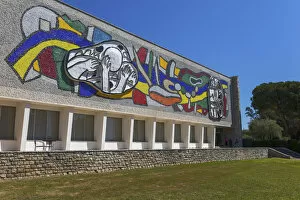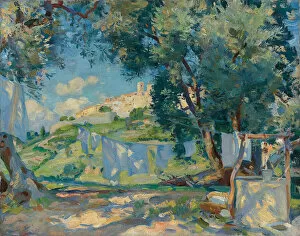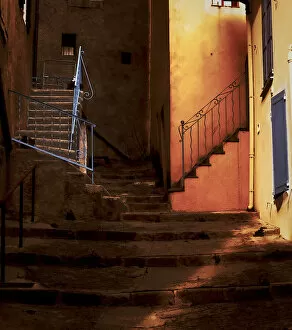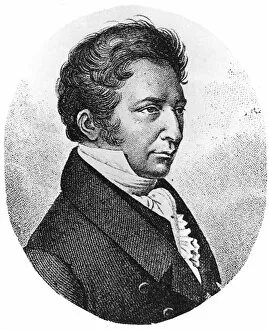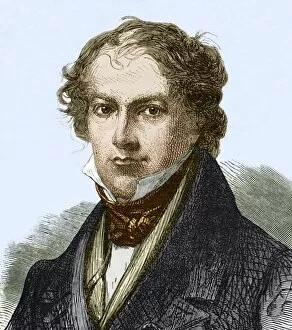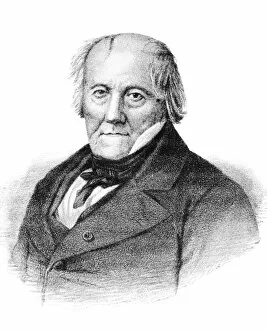Biot Collection
Biot, a charming town located in the Alpes-Maritimes department of Provence-Alpes-Cote d'Azur
All Professionally Made to Order for Quick Shipping
Biot, a charming town located in the Alpes-Maritimes department of Provence-Alpes-Cote d'Azur, is not only known for its picturesque landscapes but also for its rich history and cultural heritage. One of the highlights of this quaint town is the Fernand Leger museum, which showcases an impressive collection of artworks by the renowned artist. A visit to Biot wouldn't be complete without admiring Leger's masterpiece "A Light Breeze, " a captivating oil painting that captures the essence of Provence. The vibrant colors and delicate brushstrokes transport you to a world where nature dances with a gentle breeze. However, it has faced its fair share of challenges throughout history. "Disaster in Biot" depicts one such event captured through lithography. It serves as a reminder that even amidst beauty, life can sometimes take unexpected turns. Another poignant image is "The Collapse of Old Houses at Biot. " This black and white photograph freezes time just before sunset when old houses crumbled under their own weight. It symbolizes both decay and rebirth—a testament to the resilience found within this historic town. Speaking of history, Biot holds significance in scientific achievements too. Joseph Louis Gay-Lussac's hot air balloon ascent from Paris in September 1804 was nothing short of groundbreaking. Captured beautifully in various photographs from different eras, these images pay homage to his pioneering spirit as both chemist and physicist. Jean Baptiste it also played an essential role alongside Gay-Lussac during their famous balloon ascent. Their collaboration marked a significant milestone in French scientific exploration—an achievement celebrated through captivating illustrations dating back to 1870. As we delve into the story behind Jean-Baptiste Biot himself, we uncover his remarkable contributions to science and society alike. His legacy lives on through countless discoveries that have shaped our understanding of physics and beyond.

